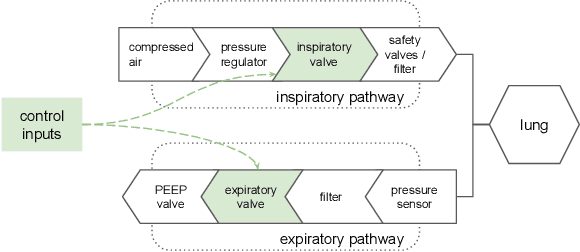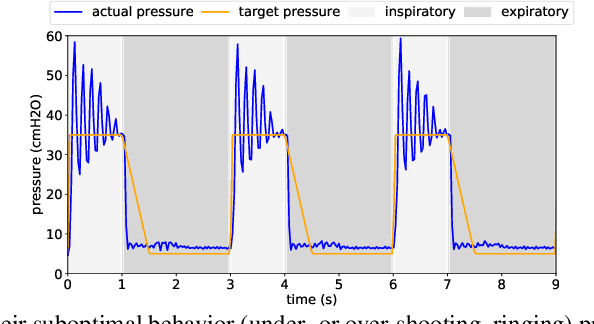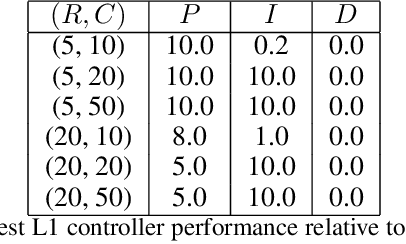Julienne LaChance
Flickr Africa: Examining Geo-Diversity in Large-Scale, Human-Centric Visual Data
Aug 16, 2023Abstract:Biases in large-scale image datasets are known to influence the performance of computer vision models as a function of geographic context. To investigate the limitations of standard Internet data collection methods in low- and middle-income countries, we analyze human-centric image geo-diversity on a massive scale using geotagged Flickr images associated with each nation in Africa. We report the quantity and content of available data with comparisons to population-matched nations in Europe as well as the distribution of data according to fine-grained intra-national wealth estimates. Temporal analyses are performed at two-year intervals to expose emerging data trends. Furthermore, we present findings for an ``othering'' phenomenon as evidenced by a substantial number of images from Africa being taken by non-local photographers. The results of our study suggest that further work is required to capture image data representative of African people and their environments and, ultimately, to improve the applicability of computer vision models in a global context.
Machine Learning for Mechanical Ventilation Control (Extended Abstract)
Nov 23, 2021Abstract:Mechanical ventilation is one of the most widely used therapies in the ICU. However, despite broad application from anaesthesia to COVID-related life support, many injurious challenges remain. We frame these as a control problem: ventilators must let air in and out of the patient's lungs according to a prescribed trajectory of airway pressure. Industry-standard controllers, based on the PID method, are neither optimal nor robust. Our data-driven approach learns to control an invasive ventilator by training on a simulator itself trained on data collected from the ventilator. This method outperforms popular reinforcement learning algorithms and even controls the physical ventilator more accurately and robustly than PID. These results underscore how effective data-driven methodologies can be for invasive ventilation and suggest that more general forms of ventilation (e.g., non-invasive, adaptive) may also be amenable.
Machine Learning for Mechanical Ventilation Control
Feb 26, 2021



Abstract:We consider the problem of controlling an invasive mechanical ventilator for pressure-controlled ventilation: a controller must let air in and out of a sedated patient's lungs according to a trajectory of airway pressures specified by a clinician. Hand-tuned PID controllers and similar variants have comprised the industry standard for decades, yet can behave poorly by over- or under-shooting their target or oscillating rapidly. We consider a data-driven machine learning approach: First, we train a simulator based on data we collect from an artificial lung. Then, we train deep neural network controllers on these simulators.We show that our controllers are able to track target pressure waveforms significantly better than PID controllers. We further show that a learned controller generalizes across lungs with varying characteristics much more readily than PID controllers do.
 Add to Chrome
Add to Chrome Add to Firefox
Add to Firefox Add to Edge
Add to Edge